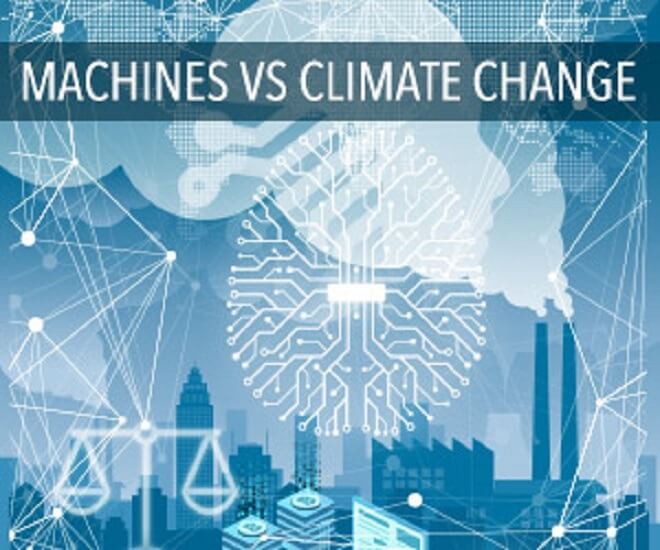Science can do great things in the fight against climate change, and with the rise of Artificial Intelligence (AI) and machine learning, climate scientists can understand better its impact and how to stop it. AI can strengthen climate predictions, find ways to assign renewable energy and identify vulnerabilities and risk zones for our environment.
Thanks to Big-Data, machines can gather and analyze data from environmental data sources such as NASA to develop better solutions alongside researchers on how to reduce global emissions and suggest actions to industrial companies and governments.
Machine-learning algorithms can also predict extreme weather events like hurricanes, and tell us its severity and length. By being able to review dozens of data points at once, machines can warn governments and its citizens earlier than ever before, allowing everyone to prepare for an event with more time.
There is an issue, though, and it’s that AI uses a lot of energy. Like, a lot. Think HUGE amounts. In order to maintain the data processing flowing, massive data centers with rows and rows of computers need to be kept running - and that uses up a lot of energy. Some experts even compare it with the energy that a small city consumes. Wowza!
Even though AI has been around for some decades, the question on its environmental impact is only arising. It’s time for scientists to start doing AI in a more environmentally friendly way - even if it means focusing efforts on it.
What can you do to help? Start with digging deeper into climate change, try to discover new materials for your everyday stuff, plant your own food. We have to start somewhere!
Sloto Lifestyle Bonus
200 Free Spins on Enchanted Garden II with your deposit of $30 or more!
Coupon Code: 200CLIMATE
Offer requires a $30 min. deposit and it holds 30x roll over. Redeem 1x weekly until October 19th!








